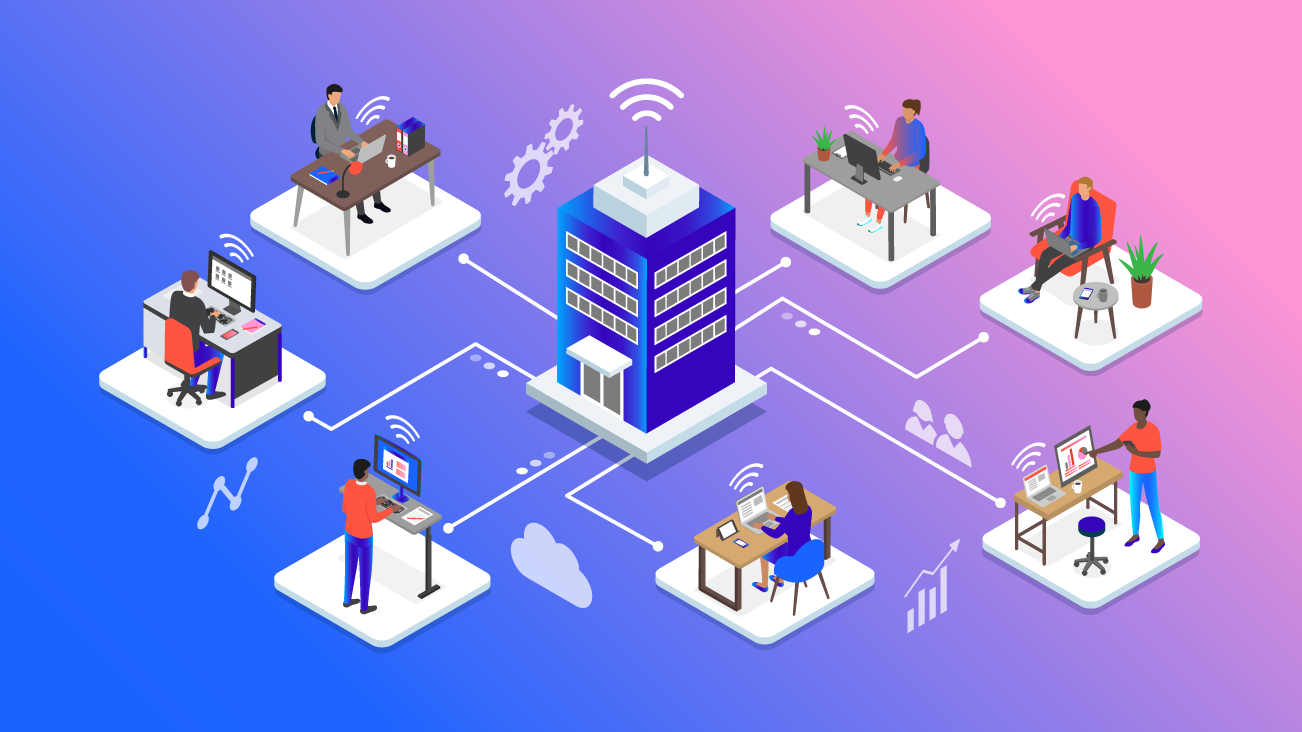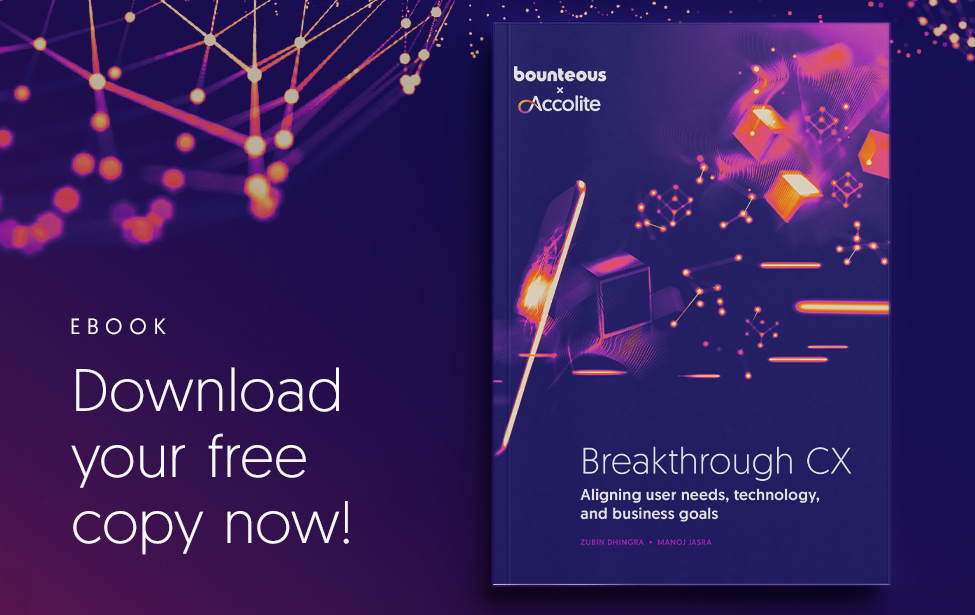Remote Working 101: Communicating Effectively Through Employee Intranets

Remote working has become the new norm during COVID-19. Some companies have been doing it really well, while some are struggling with the change. By now, we’ve learned that it’s not just online meeting software that makes your company remote-ready. Communication and transparency to employees are paramount to establishing and promoting remote work culture.
For many, this comes to life in the form of a company intranet. Your intranet is the place where employees can learn how to do their jobs, collaborate with colleagues, or read leadership communications. It can be a powerful tool to scale knowledge, increase productivity, and build a sense of community across geographically dispersed organizations. However, most intranets are usually not well maintained, are often overlooked, and can become a mess over time. This makes remote working much harder than it needs to be and may put your company behind your competitors.
As a designer whose first language isn’t English, I never imagined I would be discussing content strategy. However, after reflecting on the intranet projects I’ve been working on, I realized that what I was doing was more content strategy work than user experience (UX). Based on this, here are some key lessons I’ve learned.
Make it More Personal
Intranet content can be difficult to understand. For one thing, there seem to be a lot of acronyms and words in general. This is an issue because it renders the design exclusive, rather than inclusive.
Employees who have more experience or seniority might be familiar with acronyms whereas new employees are not. Some employees might understand the roles of the organizations by their names while some might not recognize them. This is where key tasks and personas come in to guide navigation.
The more advanced scenario would be to curate personalized experiences based on different persona groups to match their tasks. However, simply adding context that’s relevant for all users can help, too.
For example, let’s imagine your company’s IT service is called ITC, short for Information Technology Center. The name might be interpreted as a kind of help desk but also interpreted as a tech organization. Adding more context by explaining use cases that speak to personas directly, such as, "Having hardware problems? Need to submit a ticket?" can help users understand where to go and they’ll be able to navigate a complex intranet more seamlessly.
Simplify Complex Concepts with Visualization
Big organizations have complex processes that employees need to follow. Some businesses hire consultants who come up with those processes and then spend lots of time activating, educating, and creating process documents and materials. However, they risk wasting efforts if employees ultimately don’t feel comfortable.
As an example, a process may have different project phases, involve different roles of responsibilities per phase, and require various templates or documents. This is where information architecture (IA) and visualization can help. IA helps organize content and adds context for users that helps them find information quickly. Seeing your organization’s efforts to turn complex information into digestible phases and making items easier to scan, so people can go directly to the information they are looking for saves time and increases productivity.
Empower Authors with a Content System
Another key takeaway involves getting everyone to create content consistently. Creating consistency is important because it ensures the uniformity of look and feel, but also educates users on where they can naturally expect to find resources across different websites. Plus, uniformity creates order and beauty in design and makes the experience credible, rather than looking broken.
Building a content system can help accomplish this. A content system is a set of rules or guidelines around content that can be understood by many contributors. At Bounteous, we’ve built a living experience guide that includes overall content strategy, a content audit guide, and component guides.
A good starting point is to empower authors to conduct site audits with guides. These guides help authors decide what pages to kill or keep, how to structure pages, and explain when to use certain types of components, and other more granular details.
And, we can also help content authors with these details across different touchpoints beyond the living style guide. For instance, designing help text or preview text on web components to guide authors with use cases, content length, or style, can reinforce consistency.
Keep it Sustainable
Maintaining accuracy is critical. It’s important to build trust for your employees, but accuracy also helps with productivity. Employees spend less time searching for information if your intranet is well maintained. However, reorganizations happen, people leave, and processes change.
It’s important to design with these types of changes in mind. Consider creating task-oriented navigation rather than an organizational taxonomy that may change. Creating a content audit guide in a living experience guide can also help content authors audit the integrity of the information. It’s important to be careful with any documents you upload because they can get outdated quickly! Instead, consider linking URLs to where documents are being hosted so that the page isn’t responsible for maintaining the documentation.
It’s also critical to create a governance plan and assign responsibilities to maintain and service your content experiences. Setting up recurring meetings with content authors who can manage and update intranet products and information is helpful. This is important because if there’s no one to reinforce the strategy, it will not be maintained and the information will become outdated.
Good Intranet Experiences Start with Content
Creating good intranet experiences starts with content. I realized I’ve spent more time discovering sources of truths and designing the content, compared to the time I spent on creating wireframes and design. As designers, we cannot overlook content. We must understand it all to translate it into design. Because ultimately, it’s up to the whole team to make things easier for users to understand.


